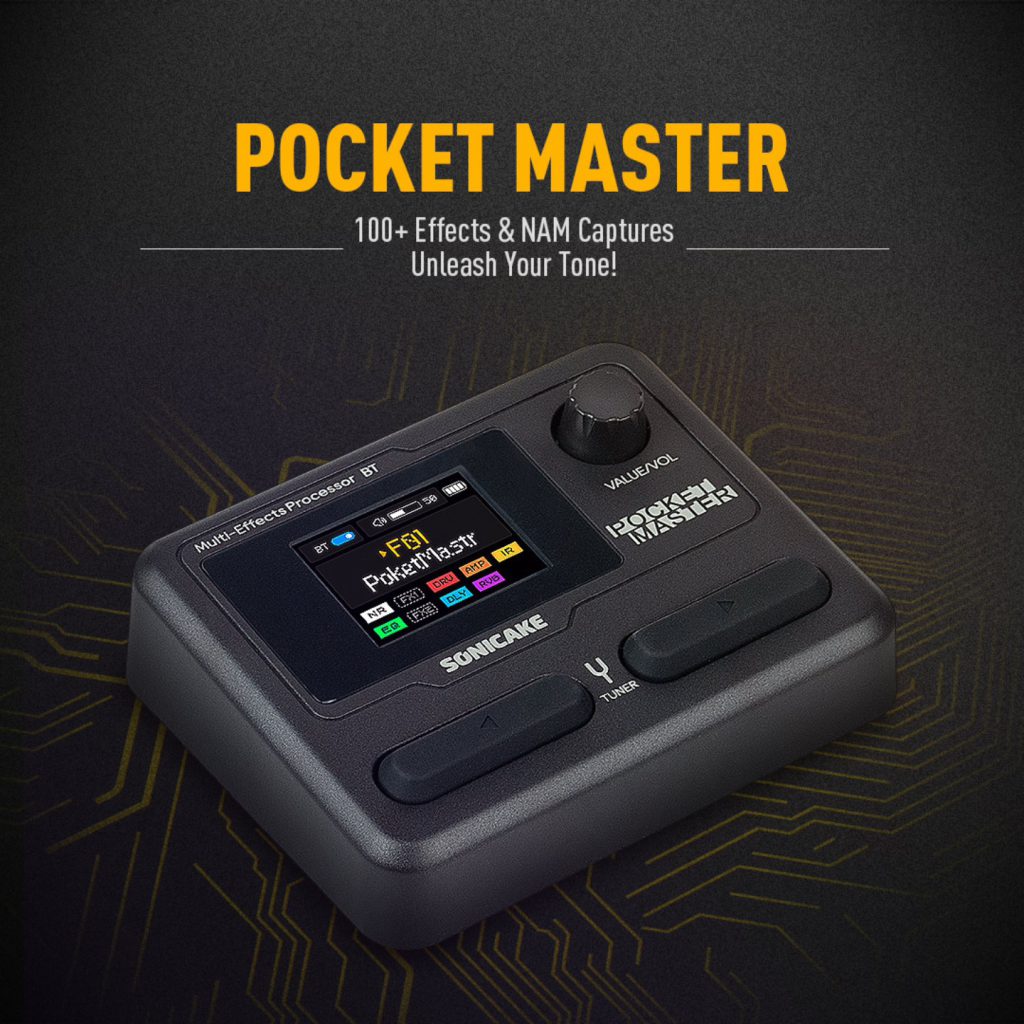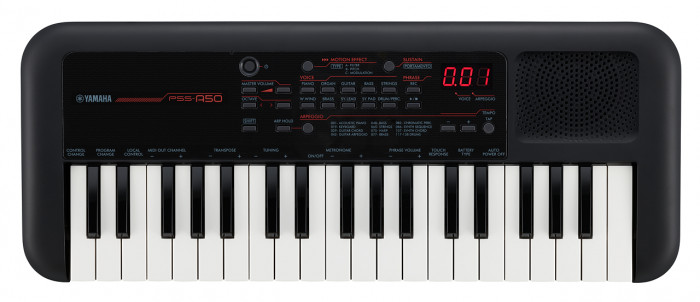Sonicake Pocket Master Review – My Tiny Birthday Surprise That Actually Blew My Mind
As an Amazon Associate, I earn from qualifying purchases. That means I earn commissions from my sponsored links or I make money when readers (you) purchase items through my links. Your purchase allows me to continue working as a stay-at-home dad who moonlights as a farmer and a musician. Needless to say, this post contains affiliate links.
I’ll be honest — I didn’t plan to buy another guitar gadget this year. But I’m throwing caution to the wind and treat myself to a secret birthday gift — something small, portable, and hopefully useful for home jams or travel sessions.
… and easy to hide.
So yeah, I just I stumbled on the Sonicake Pocket Master, a ridiculously tiny modeller that claims to pack serious tone in your pocket.

Now, I’ve owned and played through all sorts of gear — from tube amps to budget modelers and even pedalboard rigs that weigh more than my guitar — but this little device caught my curiosity.
I didn’t expect much for its size and price, but I was wrong.
Way wrong.
First Impressions
The Sonicake Pocket Master is about the size of a chocolate bar — small enough to slip in your pocket (no kidding) and light enough that it disappears inside your gig bag. The build is mostly plastic, but it doesn’t feel cheap. It’s simple and functional, with just two buttons, a knob, and a tiny 1.77” color screen.
Unboxing it, you’ll find the unit, a basic manual, a USB cable, and even a belt clip if you want to wear it like a techy pager from the future. I actually laughed when I saw the clip — but hey, it works.
The controls are minimal, so right away, I downloaded the Sonicake app and paired it via Bluetooth. And that’s when things started to get interesting.
Features and Functionality
Think of the Pocket Master as the “fun-sized cousin” of bigger, more expensive modellers like the Helix, Quad Cortex, or HX Stomp. It doesn’t have their massive processing power, but it has enough to surprise you.
Inside, you get 20 amp models, over 100 effects, and space for 100 custom presets. You can chain up to nine effects per patch, use built-in impulse responses (IRs), or even load your own custom IRs and .NAM files — which is insane for something that costs less than a decent overdrive pedal.
On the back, it’s got everything you need:
- Guitar input
- Headphone/line output
- Two USB-C ports (one for charging, one for data)
It also runs on a rechargeable lithium battery that lasts around four hours. That means I can plug in, jam on the couch, or bring it to a friend’s place without worrying about power strips or adapters.
There’s even a built-in drum machine with 99 patterns and a tuner, so you could technically survive an entire jam session with just this thing and a guitar.
Sound and Performance
This is where things get fun — and a little overwhelming. There’s a lot inside this tiny box.
The cleans immediately impressed me. They’re clear, sparkly, and honestly better than some budget amps I’ve tried. Pair a clean amp sim with a compressor, and you get lush, wide tones perfect for funk, pop, or ambient playing.
The drives and amp models, though, take a bit of tweaking. Some high-gain settings can sound fizzy if you push them too far, but if you dial things carefully — say, use a mid-gain amp and boost it with an overdrive pedal — the results are surprisingly natural.
I’m pretty much just stuck to the first 3 presets.
So eyah, very simple and it does the job.
The Drawbacks
As much as I love this thing, it does have quirks.
First off, editing on the device itself is painful. The two-button navigation system works, but it feels like programming an old Nokia phone. You’ll want to use the app for everything. Thankfully, the app is stable and easy to use — just connect via Bluetooth and go.
Second, the battery and power setup. It’s great that it’s rechargeable, but if you want to mount it on a pedalboard, you’re stuck using USB-C. No 9V input means you’ll have to improvise. And if you’re the type who likes saving on the fly, be careful — the Pocket Master doesn’t autosave edits. Change a preset without saving, and your changes are gone.
Lastly, the screen. It’s small — good enough for preset names and basic info, but once you dive into editing, you’ll wish it was twice the size.
The Good Stuff
Despite the minor complaints, there’s a lot to love. The sound quality is impressive for something this small. It’s incredibly portable — I can literally throw it in my gig bag and forget it’s there. The Bluetooth app works flawlessly.
I think it has more potential than just being stuck as a bedroom gadget.
Hopefully I can test that theory out once my band starts gigging again. I wonder if this can replace my Zoom G5n onstage.
I would definitely love to have something this small onstage.
You could easily use this for rehearsals, small gigs, or as a backup rig. I’m planning to set up three basic presets for emergencies — clean, rhythm, and lead — just in case my main rig ever gives up mid-set. The fact that I can fit that much flexibility in my pocket still amazes me.
Final Thoughts
The Sonicake Pocket Master isn’t going to replace your Helix, Quad Cortex, or ToneX anytime soon, but it’s not trying to.
This is for players who want portability, creativity, and affordability in one device. It’s perfect for practicing on the go, trying out tones without hauling your gear around, or keeping as a reliable backup in your gig bag.
I’m still learning my way around it, discovering new sounds every time I plug it in. For what it costs, it’s an easy recommendation — especially if you’re curious about digital modellers but don’t want to dive into the deep end just yet.
It may be my secret birthday gift to myself, but it’s one of those gifts that keeps giving. The Sonicake Pocket Master proves that sometimes, big things really do come in small (and surprisingly affordable) packages.




